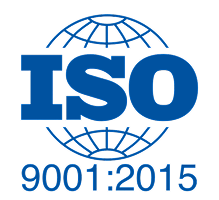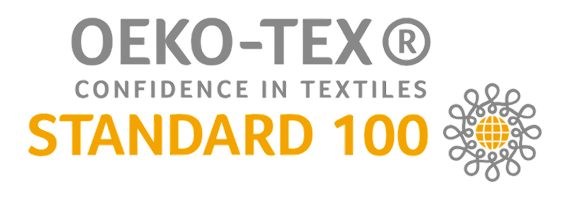
Home
About
Product
Categories
News
Contact
Products meet quality management standards
Support domestic and international delivery
24/7 online consulting support
Products are in types and forms
Product
Certified
Blog
© 2025. Copyright TQT Textile | Design by TQT Textile J.S.C. All rights reserved






